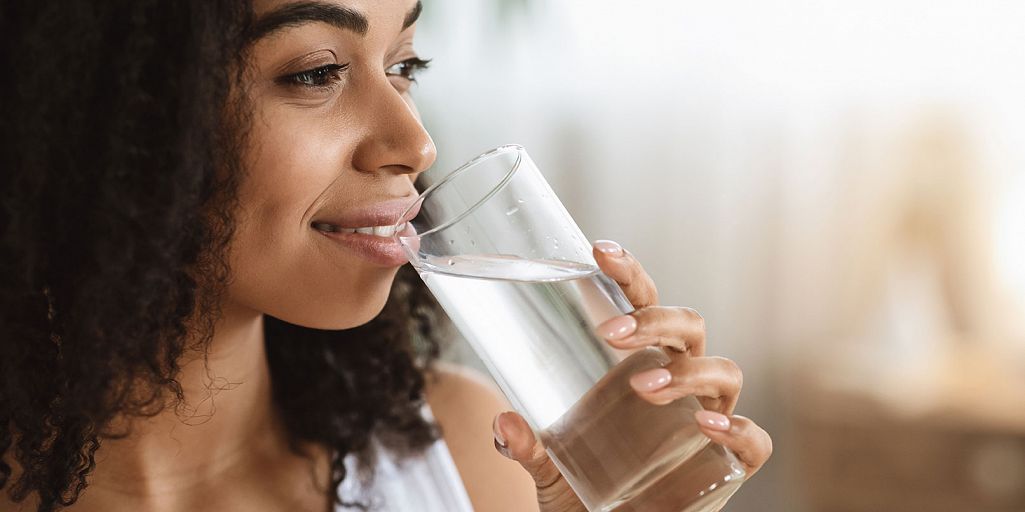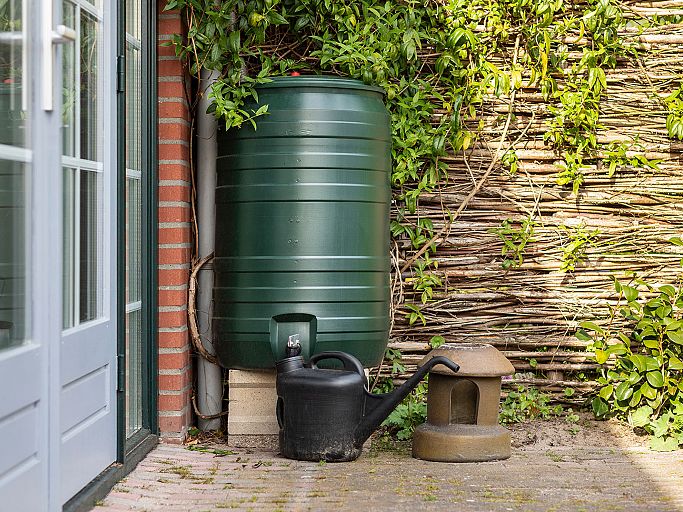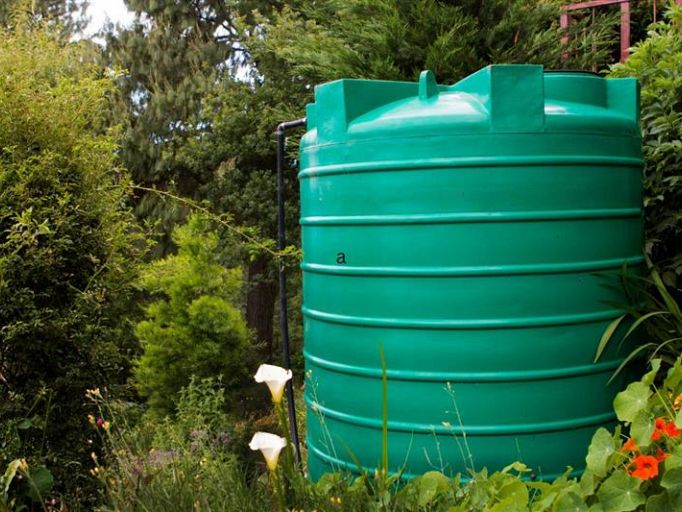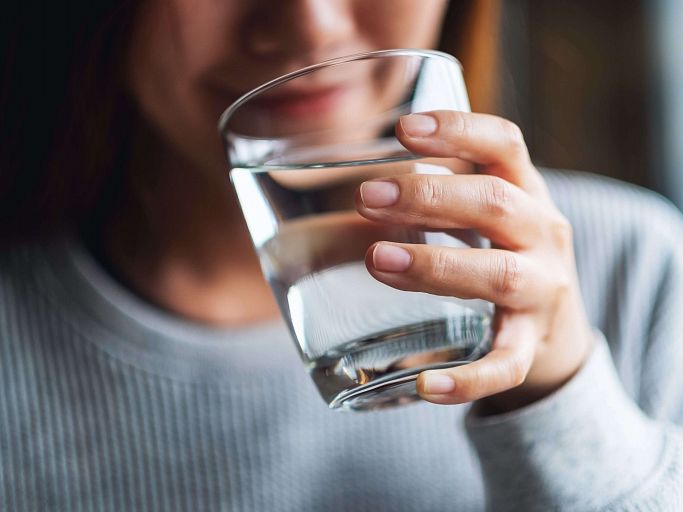- Oil
- Diesel
- Petrol
- AdBlue
- Water
- Sewage
-
Brands
- New Releases
- In Stock
- Sale
- Best Sellers
- Fuel Tank Hire
- More
-
Services
How to Clean a Drinking Water Tank
5th September 2022 in water

You may be wondering, ‘is drinking water from a tank safe?’ If you live off grid without access to a mains water supply, store water for commercial or farming purposes, or simply wish to live a greener lifestyle, you may wish to store water for drinking. It’s also a great way to cut down on those water bills.
Firstly, you must ensure your tank is ‘potable,’ in order to be suitable for storing drink water. However, this does not mean that drinking water will automatically remain safe all year round – you must clean your tank rigorously every six months. Tanks are at great risk of being contaminated if they are not cleaned on a regular basis. Among other factors, this may be caused by your tank having a blockage or having too much contact with direct sunlight – this encourages algae to grow, making the water undrinkable.
Stagnation may also occur if your tank becomes neglected. For example, stagnation is likely if your tank is too large for your water usage, or if you don’t use your tank regularly, both of which decrease water flow in the tank. Not taking care of your tank also increases the risk of unwanted particles or dirt, which again renders your water supply unfit for consumption. Bacteria such as Listeria, or Legionella, can potentially cause serious illness if ingested.
ESSENTIAL STEPS
It may be best to schedule in one of your deep cleans at the end of summer because it’s likely that water levels will be at their lowest as a result of higher temperatures.
The Cleaning Process:
- Drain the tank: Using the nozzle at the bottom of tank, drain out the remaining water. Complete this slowly to make sure that you are not letting too much water out of the tank all at once – large volumes of wastewater can cause flooding, soil erosion and damage ecosystems. Wastewater should be disposed of via a sewer network or diverted into an underground soakage system.
- Clean the interiors: Using detergent, hot water and a brush, scrub the insides of your tank. Target all areas, including visible dirt and grime. Attaching a brush to a long stick like a broom is great to ensure you tackle all surfaces. Alternatively, you may find that a pressure hose and detergent does the job nicely! Pay special attention to corners and crevices – cleaning water tanks for drinking must be extra thorough, given the risks associated. Not only will you risk your health, but it’s likely that the water will taste bad, too! If you have a large tank, don’t be tempted to climb inside! This can be extremely dangerous given the anaerobic atmosphere and confined nature of the tank – assist the help of a professional if you cannot reach all surfaces whilst cleaning.
- Rinse, and rinse again! In order to prevent bubbles in the water supply, ensure that all remnants of detergent or dirt are removed – using a hose or pressure washer is best. If you do not have access to one, fill the tank with hot water and leave it for a few hours to collect all remaining detergent. Meanwhile, do not neglect your pipework! Disinfecting the pipes is essential because they can conceal harmful substances like limescale. A great non-toxic, eco-friendly tip for personal tanks in particular is to use apple cider vinegar mixed with baking soda.
- Drain, fill and flush: Start by draining off any water inside the tank following the cleaning process and fill with clean water. Leave this to sit for at least half an hour to allow the water to absorb any remaining bleach particles. After 30 minutes, flush the water from the tank, taking care to ensure all traces of detergent are removed. With potable tanks, it’s always a good idea to have microbiological samples taken every six months to ensure safety levels continue to be met.
Water Tank Regulations
In the UK, there are regulations in place for potable tanks to help guarantee the safety of the water.
- Among other things, regulations require tanks to be watertight to prevent contamination and the growth of harmful bacteria.
- They must also be kept out of direct sunlight to prevent temperature fluctuations.
- Potable tanks will be fitted with vents and overflows to prevent harmful particles or insects from entering the tank and ruining the water supply.
- Rest assured our manufacturers, Enduramaxx take the worry out of your hands - all tanks are made in adherence to strict safety regulations.
We have a wide selection of potable water tanks for sale here at Tanks R Us. All are compliant with the Water Regulations Advisory Scheme (WRAS) and constructed using the highest quality polyethylene to prevent the contamination of drinking water, whilst guaranteeing durability. Tanks R Us also offer Slimline water tanks, still a reasonable size, but ideal if you’re looking to store your tank in a smaller space!
Ensure your tank is potable and cleaned at least every six months using the steps in this guide and you are unlikely to encounter problems with your water supply. Enquire today and one of our team will be more than happy to assist in finding the right tank for your needs.
One of the largest selections of tanks in the UK
Chat online or call us today on 01469 531229
Related Products
More Articles

Water Storage Tanks and the Environment
1st September 2022 in water

How to Clean a Drinking Water Tank
5th September 2022 in water

Why It's Important To Place Water Tanks In The Right Location
15th November 2022 in water

Can I Drink Water from a Water Storage Tank?
15th November 2022 in water
Help
About Us
My Account
Newsletter Sign Up
Inspiration direct to your inbox, please enter your email below...
Help About Us My Account
© Tanks R Us. All rights reserved. Registered in England. Registration number. 05804332. VAT number 364402764
Designed and produced by Kal Group